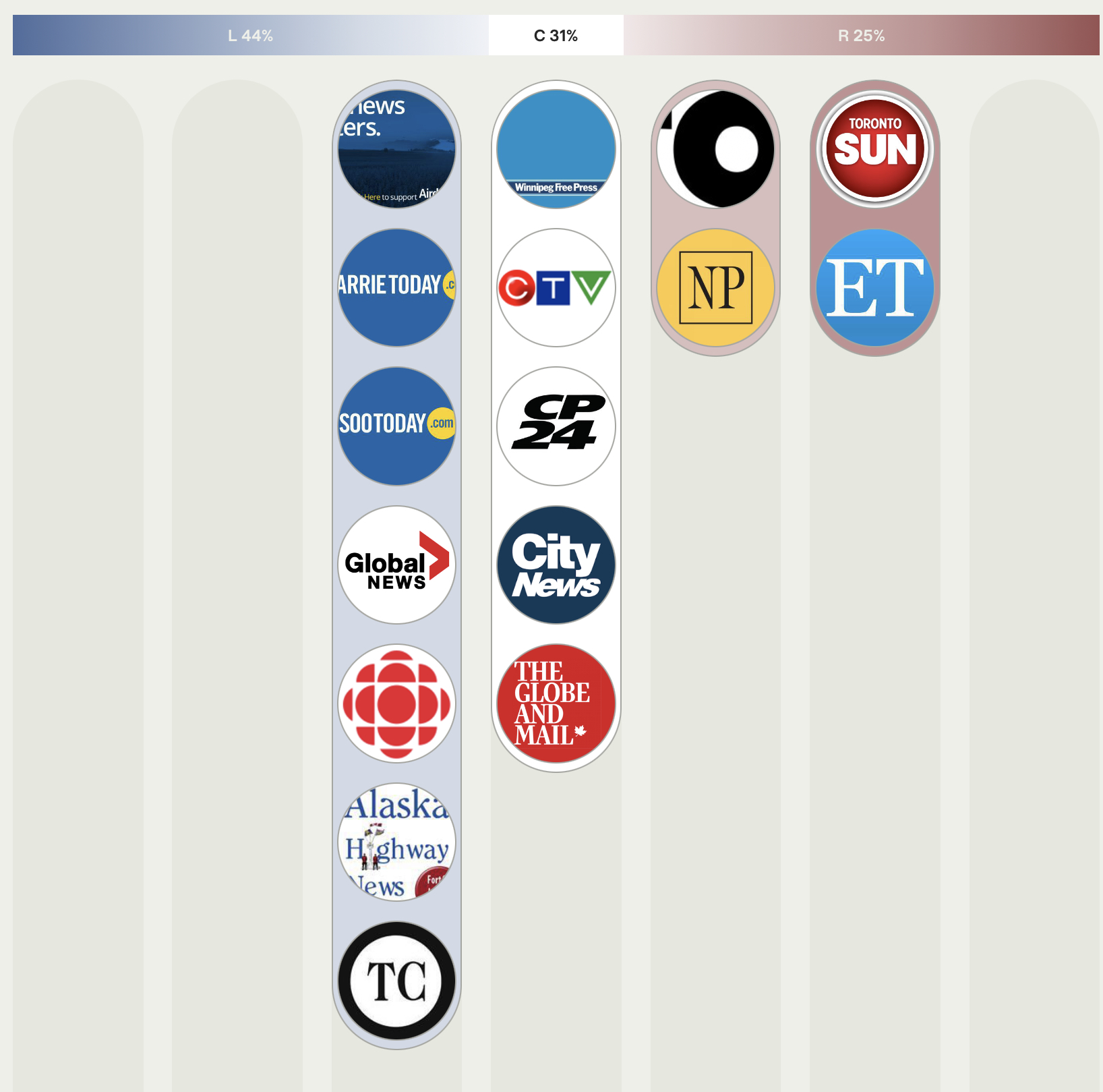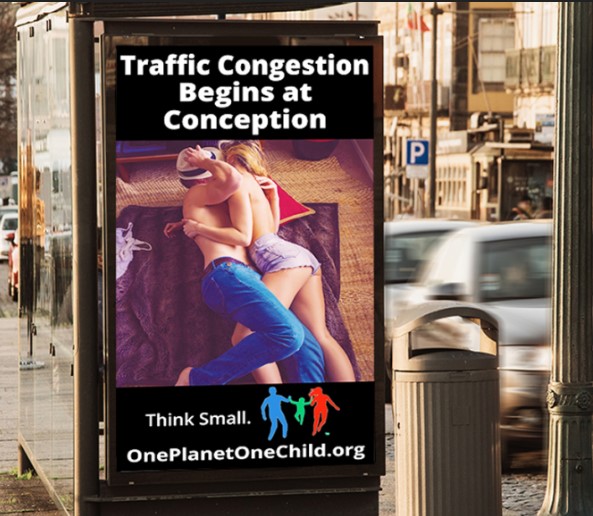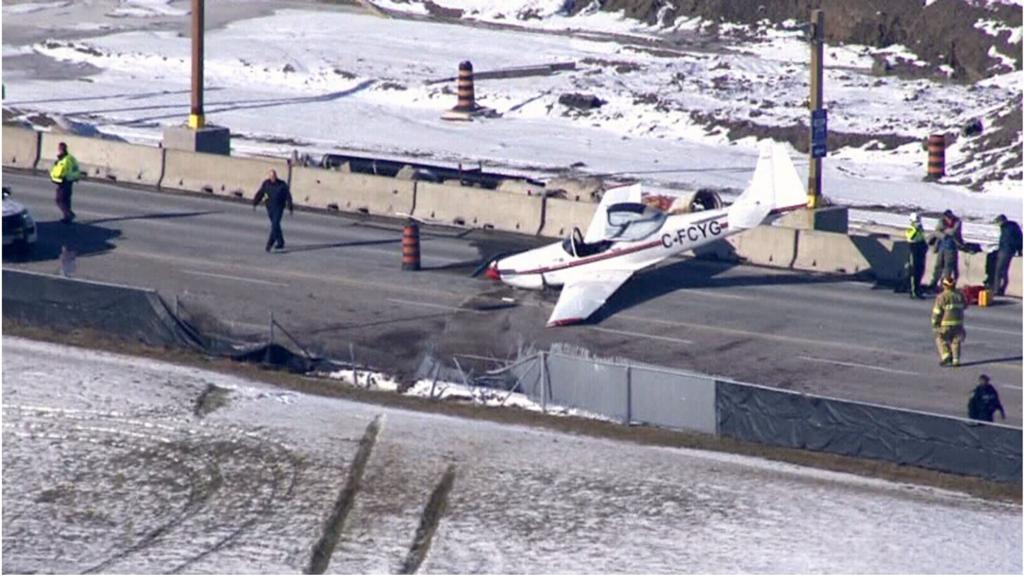This article is about why pilots today should never talk to an average reporter and what everyone can learn from aviation’s hard-won experience. Chatting with the media, while bolstering your ego with 15 seconds of fame, is not for the inexperienced individuals. More harm than good can be achieved by off the cuff interviews. As someone with over a decade of lessons learned in the trenches fighting for Pickering Airport, I have been juggling work and family commitments volunteering my time to fight for aviation in Canada. Let me help you to do the same.
Do you remember real reporters? You know, the one who reported news without injecting bias and wild guesses? The old school Walter Cronkite types that worked hard to get the facts and views of both sides of a story. The ones that called out lobby groups and their financial backing, instead of republishing their neatly packaged tales verbatim. Those days are gone but if you are interested in a technical subject, like aviation and airports, how can you make sense of modern news reporting and it’s need for immediate content?
Understanding the different biases of yourself and a journalist is a good place to start.

Pilots and reporters could not be more different. A pilot lives in a world of hard physics harnessing modern technology to fly passengers and cargo large distances safely. A commercial pilot is heavily regulated, accountable to Transport Canada and has had years of training. A reporter less so, accountable only to his employer and the audience. A pilot is trained to see the world as it is, not as you would like it to be. The reporter lives to capture and retell a story in the most attention-grabbing entertaining way possible. The pilot is well aware of the danger of cognitive biases and is trained to avoid them. Some reporters see bias in a reader as an opportunity to grab eyeballs. Just selecting which story to cover, what facts to present, from what viewpoint introduces biases and sets a tone.
What happens when an individual trained to live with in the laws of physics is interviewed by a journalist with no aviation background? If a pilot follows some simple rules, it can help, but do not get your hopes up. Only a journalist that specializes in aviation and airport topics will provide that topic reasonable coverage.
Advice for Pilots when dealing with the Press that everyone can learn from
Rule #1: Avoid the press, especial impromptu interviews unless you are prepared.
A reporter often loves stories about aviation and pilots, like most human beings, love 15 seconds of fame. There was once a time only a few years ago when, if a CBC reporter walked up to me and asked a question I would answer to the best of my ability. Like most Canadians, I once gave our mainstream press, especial well know reporters at institutions such as the CBC or Radio Canada, the benefit of the doubt. I expected them to uphold a reputation of balanced reporting for themselves, their employer and a level of respect for the public. Those days appear to be long gone if it ever existed at all. Aviation is just one more industry that has become heavily politicized and senselessly sensationalized.
But all is not lost. A good reporter understands that they have biases in how they cover a story. To quote a tweet from a respected well know journalist Warren Kinsella:

So please don’t give avoiding the press a second thought. It is ok to not spill your guts to the first news hound that spots you after a crash landing. Be just like the pilot that walks calmly to the pilot lounge after a successful emergency landing of a single engine aircraft on 16th avenue next to the Toronto Buttonville Airport. Break the media’s drive for immediate content with your silence.
It is expected that all airport staff and local pilots (including the 200 members of the Buttonville Flying Club), who all know the pilots name, will stay quiet. While there was intense discussion of the incident in our private chat groups, to this date, not one has said a thing on social media or to a reporter.

Be part of the antidote to misinformation not the cause. A good example of humor gone wrong was a reporter taking a brush off to his relentless hounding for the names of the pilots of an Asiana 214 passenger jet crash in San Francisco as fact. So as funny as it might sound, please resist the temptation to tell a reporter that you have no idea how a single engine airbus 747 ended up blocking traffic or that the pilots name was “Wi Tu Lo”.
Rule #2: Understand what the goal of a reporter is and who the audience is.
What is the story about? Who is the audience and what is the background of the reporter? What is the agenda? If everything the reporter has previously written about aviation has been focused on why the reader should feel immense guilt about their carbon-heavy lifestyles, will he listen to facts that do not fit that narrative? While a reporter may wish to report about you, will he/she be interested in talking to you? Will inconvenient facts that run counter to the narrative already written in the reporter’s head be heard or will you run into a defensive wall of whataboutisms?
Passenger aviation in Canada is often the most carbon efficient way to travel long distances and is on a path to net zero carbon emissions. In a story about aviation’s future, will technical facts like these get covered properly or will your expertise be misquoted? Will your reputation be used to guilt young men and women into reducing their lifestyle choices and/or our nation’s prosperity?
One of the most heart-breaking advertisements I have ever seen was one using guilt to encourage young Canadians to have less children. This despite the fact that any child born today will live the majority of it’s life producing net zero carbon emissions. Finding your statements being misused in a no growth or anti-immigration NIMBY (Not In My Back Yard) narrative puts you in a position to potentially do a lot of unintended harm.

Alternatively, the reporter could be attempting to push misinformation about the global economy and its lynchpin, aviation. Conspiracy theories on why the global economy will soon collapse are all the rage right now thanks to Russian propaganda (see Russia’s invasion of Ukraine). If you do your research on a journalist’s credentials and previous stories, you can avoid being used.
If the reporter passes the smell test and you decide that he/she may be open to a reasonable discussion, then choose a time and location for that discussion. Zoom is fine, especially if you can record it. Email is great. That way there is less of a chance for being misquoted or having body language, background and words used in an unintended way.
Rule #3: Be direct and proud about aviation’s accomplishments and its bright future.
How do you get through to a reporter with facts? Be proud and loud! Aviation is the lynchpin of a global economy that has lifted half of humanity out of extreme poverty since the start of the jet age. We are on track to a new golden age of international prosperity in part because of aviation. Aviation is driving the adoption of new net zero emission fuels that will win the battle against global warming!
Will facts based on science and engineering be heard over the apocalyptic rhetoric of a student that tosses paint on a priceless work of art? Maybe, but most likely the fame seeker will get quoted on the front page, your expertise will end up in the middle. But you can still inform readers who, after years of exposure to social media, are a lot smarter than they use to be.

What could have gone wrong if the pilot of the recent Buttonville Incident had decided to talk to the press?
To quote the pilot of the recent crash landing (who wishes to remain anonymous):
“On the way home, I heard four different stories on three radio stations, all of them wrong.”
Allowed to stew alone, some reporters do get it right. They produce minimalist stories with facts that do not embellish or take a wild guess. They may interview witnesses for the embellishment, and it is just fine if that does not include the pilot. Here is an example, after a sensational setup, of Rahim Ladhani of CTV avoiding too many embellishments yet creating an entertaining report. Note his use of the SUV driver’s viewpoint and emotions to pump up the “I cheated death factor”.
The report can be found here:
SUV driver narrowly avoids crashing plane | CTV News
Compare that to the CBC reporter who, after spitting out some basic facts, felt the need to go one up by adding:
“Images from the scene showed the plane appears to have sustained minimal damage.”
In reality the aircraft is heavily damaged with a prop strike and structural damage including the landing gears being ripped off. While the reporter no doubt thinks the embellishment created a better story, he has just introduced misinformation that minimized the incident in the eyes of the audience.
Small plane crashes on Markham road | CBC News
Was the CBC reporter even on site? One can imagine how others might embellished an interview of the pilot by commenting on tone, dress and body language. While the reporter doing an interview might be competent, there is always someone else who will embellish it into a “Better” story.
Conclusion:
In a world of agendas, narrative spinning, and Doctor Google, privacy, facts and real expertise are treasured commodities. If you are a pilot, work for an airport or airline, silence is the golden rule. Everyone else can learn from the aviation industry’s hard won experience with the press.
What if a journalist has made a grievous error reporting about you or an important topic you care about? Then you need to prepare and decide if your time and reputation is worth the risk of interacting with the individual and if you should provide content that could be republished and embellished. Each reporter is different and has different goals, agendas and biases. If you are intent in correcting the misinformation, then you need to do some prep work. This is a well know problem for supporters of Pickering Airport.
If you find yourself needing to prep for an interview on, or are writing a story about, the need for new aviation infrastructure in the GTA (Greater Toronto Area), we have prepared a set of Questions and Answers about the benefits of the new airport in Pickering. If you are serious, I will do my best to juggle work and family to volunteer my time to help.